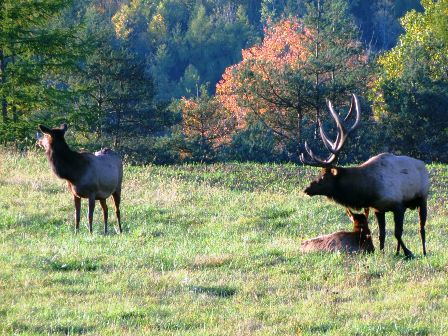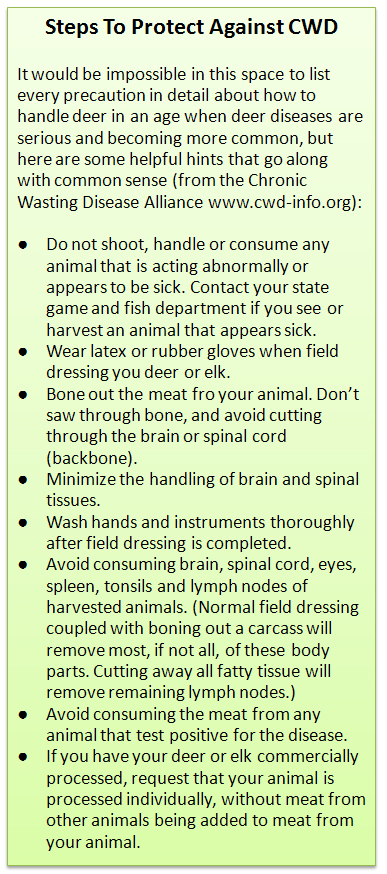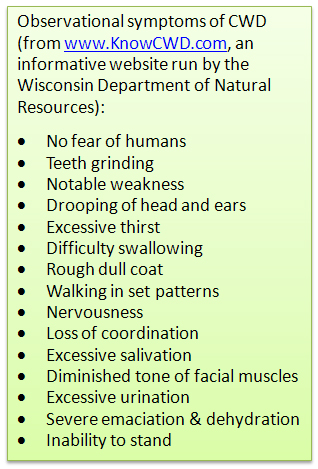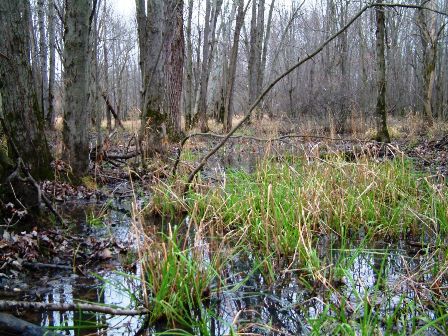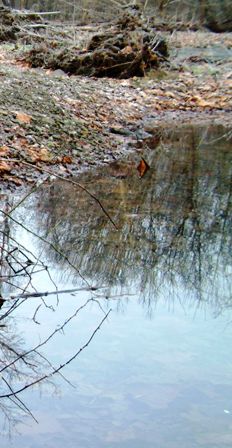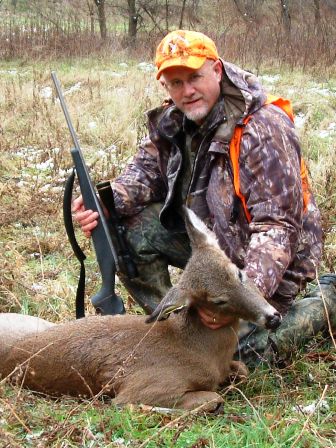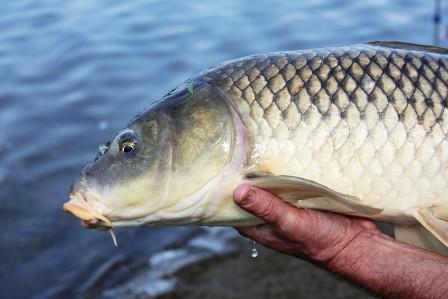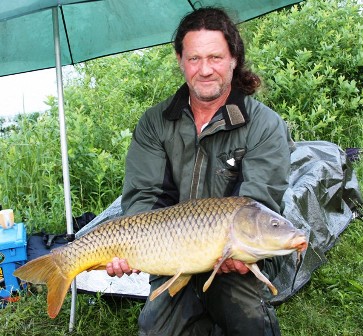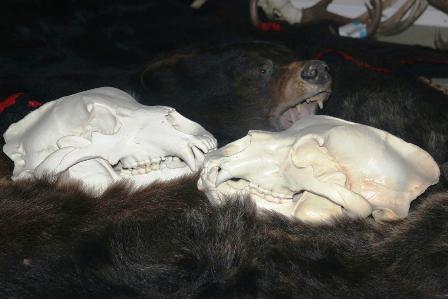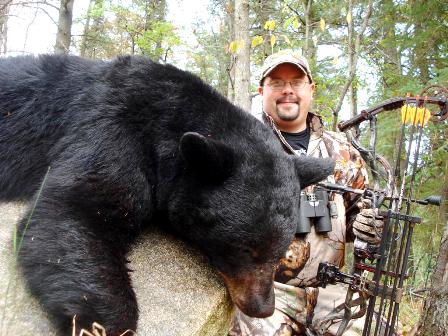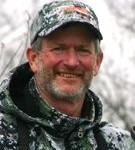By Bernie Barringer
Heavy fog? No problem!
Here’s how to use foggy conditions to your advantage.
Early one foggy November morning, my buddy Jerry Reynolds was driving to work at his fertilizer plant. His headlights pierced the thick fog despite the fact that it had been daylight for half an hour. He was cruising down a gravel road when, much to his shock, he looked out his window and saw two large bucks bedded in the road ditch only a few feet away. His first instinct was to slam on the brakes, but he held off until he topped a small rise 200 yards away. Grabbing his bow, he trotted down the opposite ditch until he was across the road from where he had seen the bucks.
He was only 15 yards from two big bucks with a road in between. As his heart pounded he thought, Could this really be happening? He simply stepped up onto the gravel and drew his bow. The larger of the two quickly bolted into the fog when it saw him, but the other stood up, pausing just long enough for Jerry’s arrow to slice through both lungs.
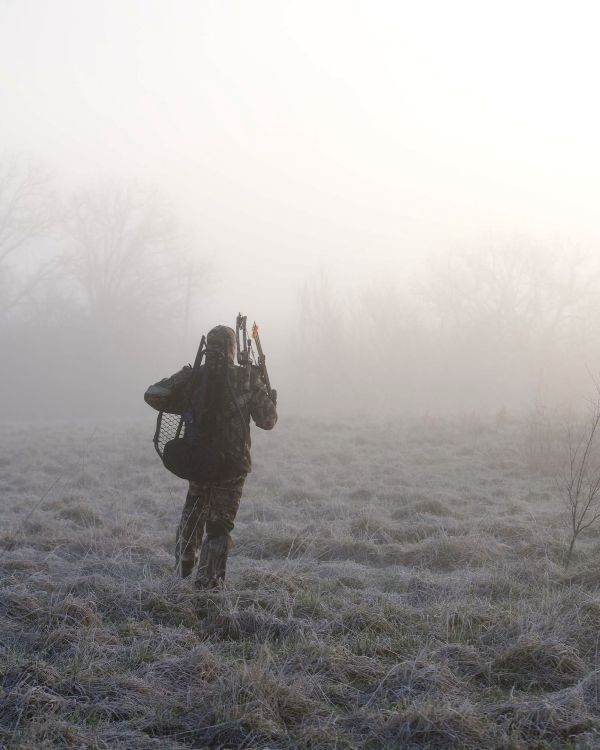
Many hunters do not like fog because it severely limits their visibility. But savvy hunters who know how to use the fog to their advantage can up their odds of bagging a mature buck.
1. Rutting bucks might not know their territory
Whitetails rely heavily on their eyesight and memory of an area to orient themselves night or day. Most of the year, bucks are intimately familiar with the surroundings they live in. They know every nook and cranny of their home areas. But during the rut, they range widely, and spend large amounts of time in areas where they have minimal knowledge of their surroundings.
When fog rolls in, they often have no idea where they are, and they commonly bed down in remarkably vulnerable areas. Daylight comes, exposing them to significant risks, and if you happen to be in the right place at the right time, you can capitalize, as Jerry did.
Bucks love to isolate does when they are in heat, and often push them out into open areas where they can keep them in sight. Additionally, the does they keep in the open are easier to defend from other bucks.
2. Big bucks, unusual places
Some mornings, when the fog lifts, you will see big bucks in the most unusual places. Places you would never find them otherwise. The wind might be perfect for a stalk for an hour or two until the buck can’t stand it any longer and he will move to a more secure location, typically one where he can see downwind while having the wind at his back so his nose can protect him from danger he cannot see.
You just take advantage of these short windows of opportunity. If the buck is in a vulnerable spot, get out there and make it happen quickly.
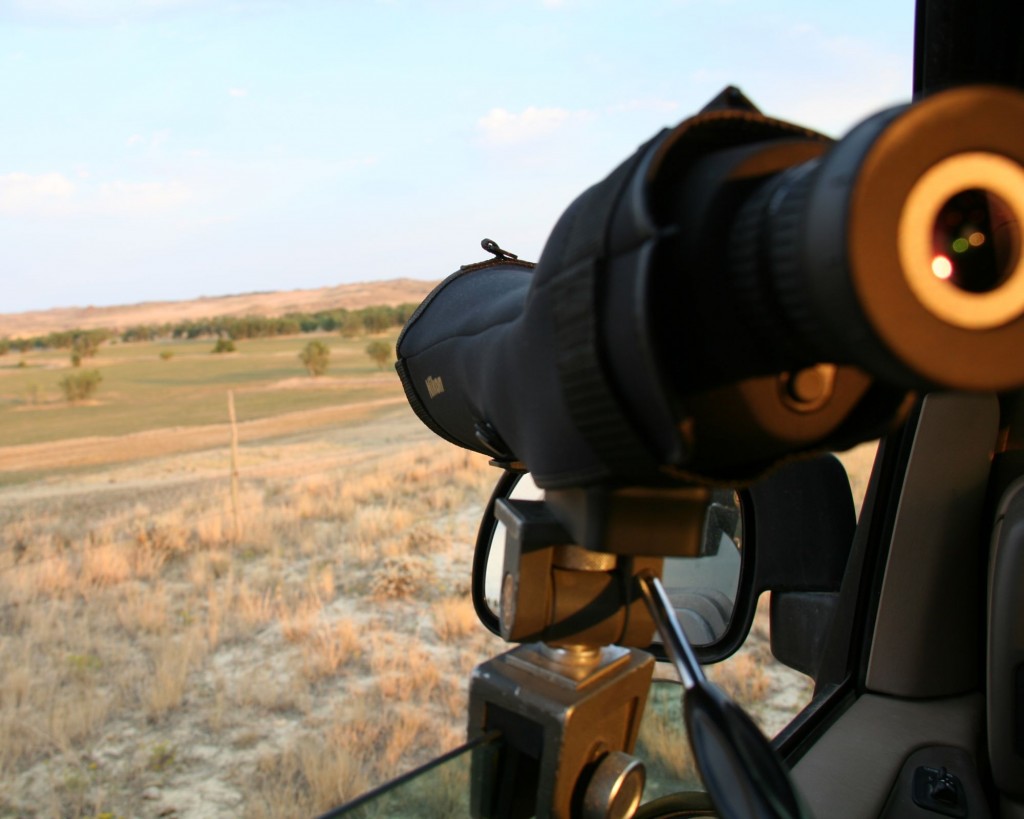
Immediately as the fog lifts you have a window of opportunity to glass known rutting areas and find bucks in vulnerable positions. When you find one put a stalk on him as quickly as you can, before he get ups and moves to a more secure location.
3. Time to break out the optics
During the rut I will usually head for a treestand, but if I walk out in the morning and find dense fog, I will almost always change plans and go to spotting. I probably look real silly to people who don’t know what I am up to, but as the fog starts to lift, I drive down the roads checking known rutting areas, looking for deer in the fields. When fog is thick, don’t drive down the road at 55 mph – you won’t see deer unless you go slow, stop at key spots, and glass.
I use binoculars to cover the likely spots such as patches of brush around rock piles, grassy terraces, woolly fence rows, and other terrain structures. If I see something intriguing, I have a window mount on my spotting scope and I quickly put it up for a close inspection.
When I see a buck in a stalkable spot, I quickly take note the details of where the buck is located. I count fence posts and note the position of weeds or any other landmark I can use to pinpoint the buck. Then I grab my bow and head out using the wind and the terrain to close in for a shot. The key is to move as fast as the stalking conditions allow, because once the fog lifts a mature buck won’t dilly-dally in a spot for long if he senses that his defenses are weak.
4. Bedding area benefits
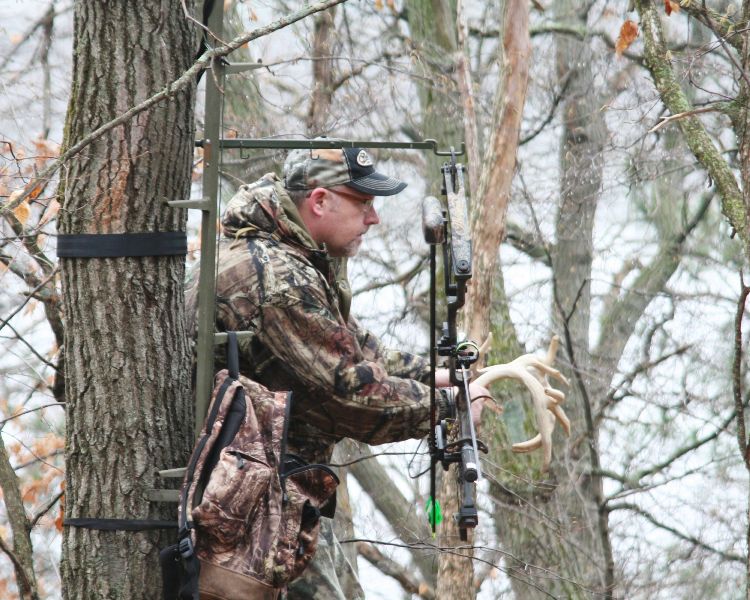
A foggy morning is a great time to rattle because the deer have to come over to the sound to see what is causing it. They can’t see the area from a distance.
Fog offers advantages to the treestand hunter as well. Normally deer filter from feeding to bedding areas during the early morning hours, sometimes before daylight, especially if they are edgy due to hunting pressure. But when fog is dense they often stay put well into the morning.
This offers a real benefit to the hunter who has a stand between the feeding and bedding area. As the morning wears on and the fog slowly lifts, the deer movement keeps getting better rather than diminishing as it usually would. I have found that deer do not spook easily when confronted by thick fog. My gut tells me that they tend to hold tight in the fog because they aren’t willing to run off when they can’t see well and may actually run into even more danger. In short, they are simply reluctant to move, much less run, when the fog is thick.
5. Heavy fog means little wind
You may have a stand near a bedding area but you find that it’s almost impossible to get in and out without being detected. A foggy morning is the time to hunt that stand. Look at it this way – bucks like to cruise the known bedding areas from 30-50 yards downwind, scent checking for hot does. Days with thick fog have virtually no wind. The bucks must actually enter the bedding areas to check them. Be waiting there when they arrive.
Lots of hunters roll over and go back to sleep on foggy morning, mistakenly thinking it’s a bad time to be in the woods. But when I get up before daylight and see the yard light shrouded in a thick veil of water vapor, my heart beats a little faster because I know my odds of killing a nice buck just went up.
***
Read more expert advice from Bernie Barringer here.
About Bernie Barringer…
Bernie Barringer hunts a variety of species in several states and Canadian provinces. He has published more than 400 articles in two dozen outdoor magazines and authored ten books on hunting, fishing and trapping. The latest is Bear Baiter’s Manual. He is the managing editor of Bear Hunting Magazine, and blogs his hunts on his website www.bowhuntingroad.com.
[hs_action id=”7771″]
29,320 total views, no views today



